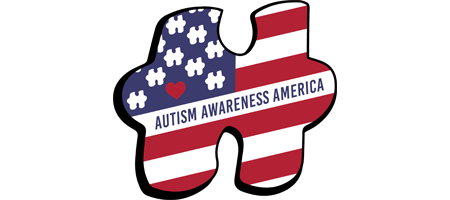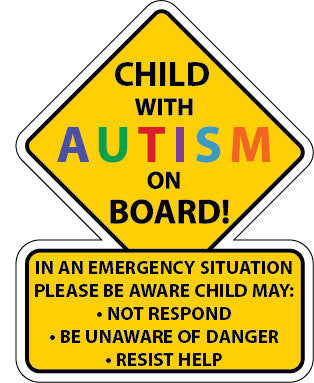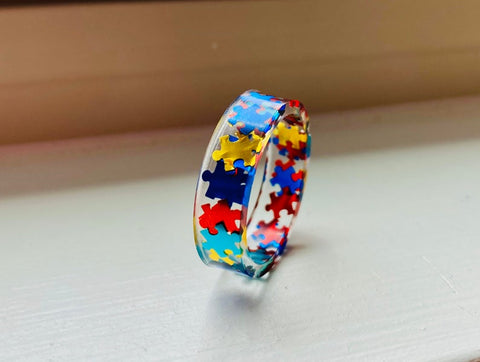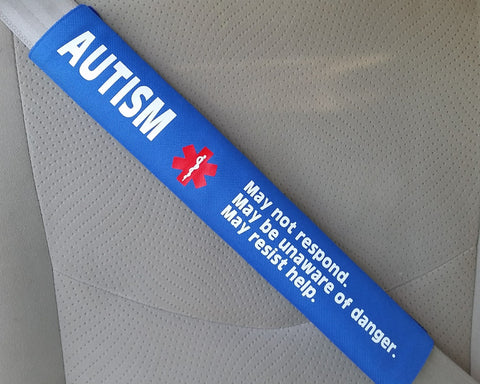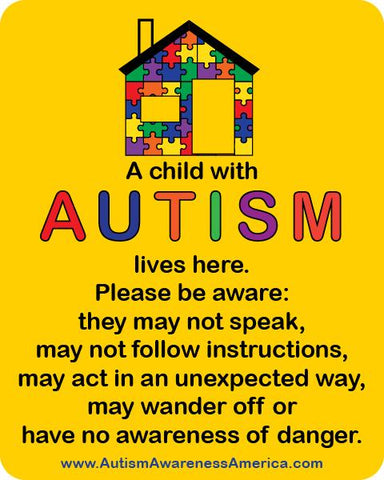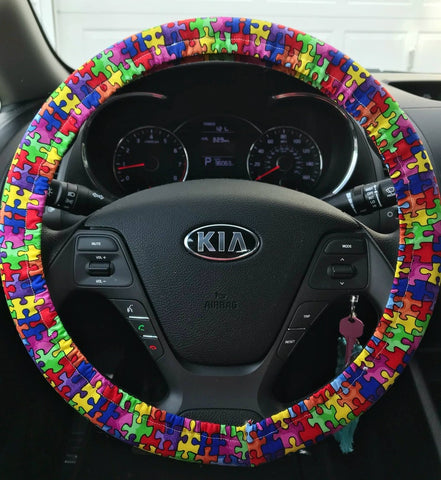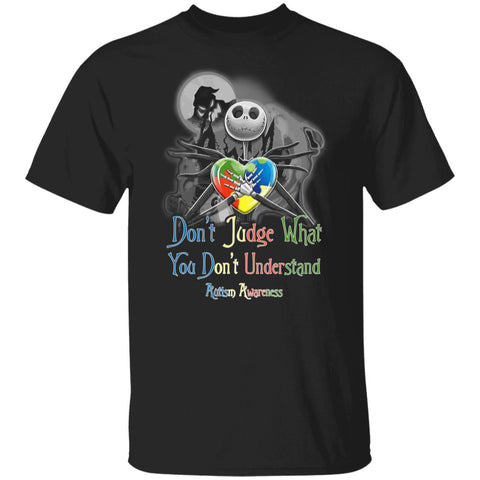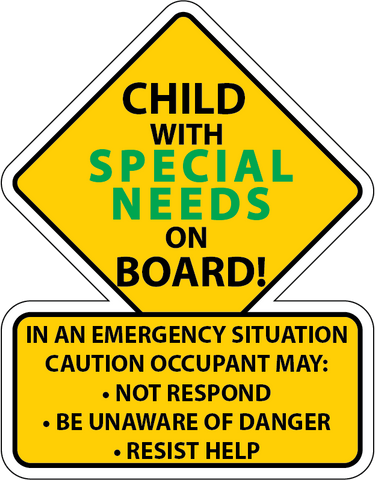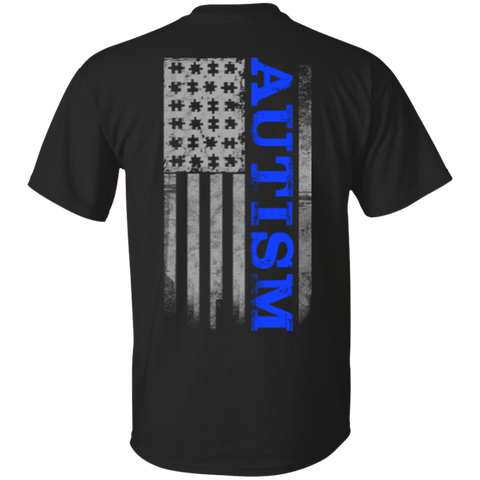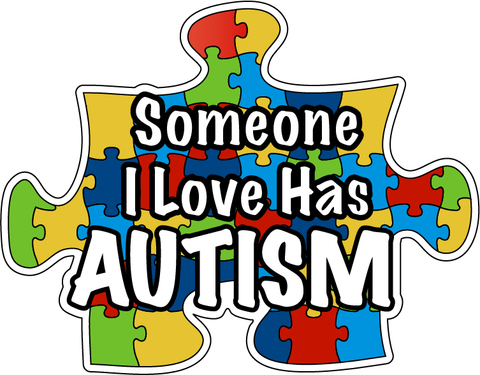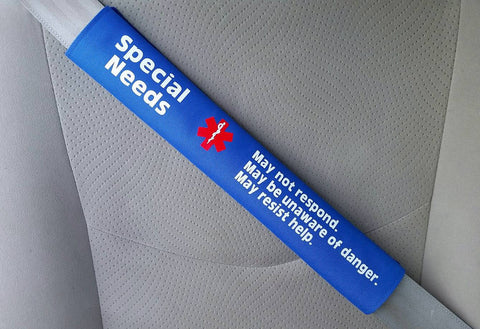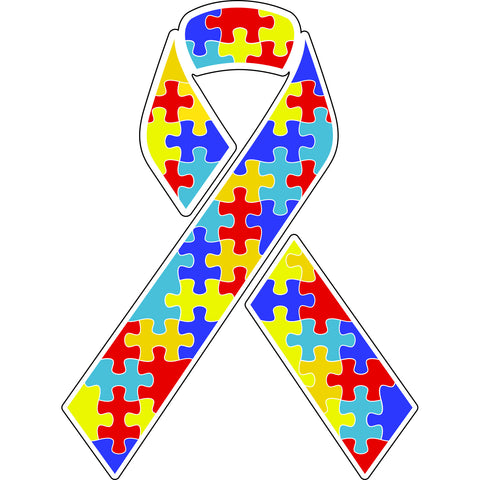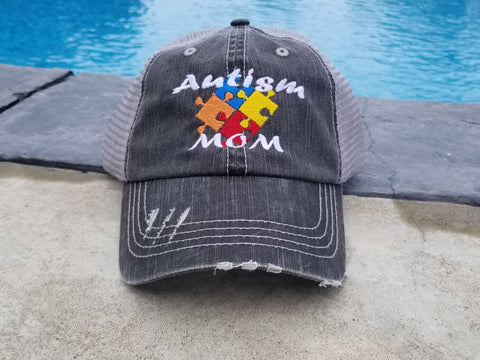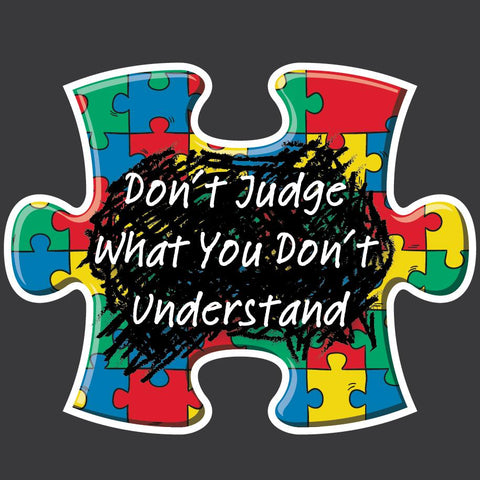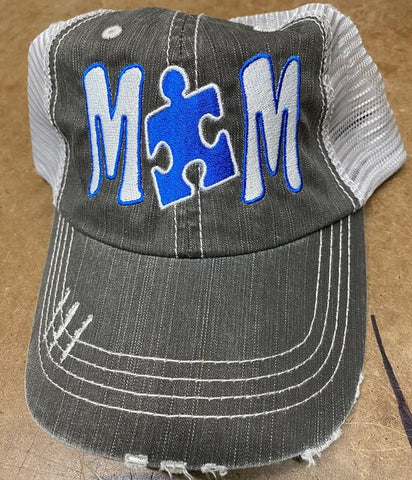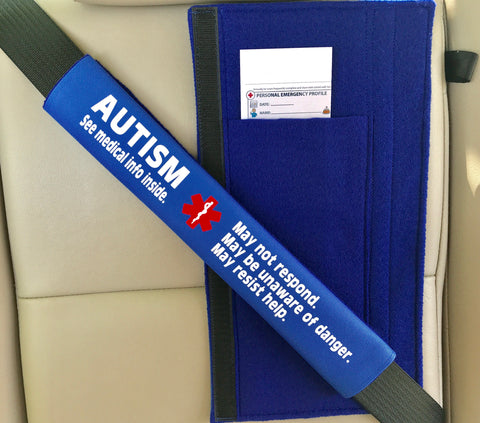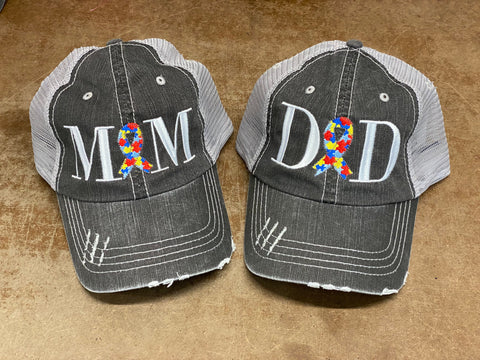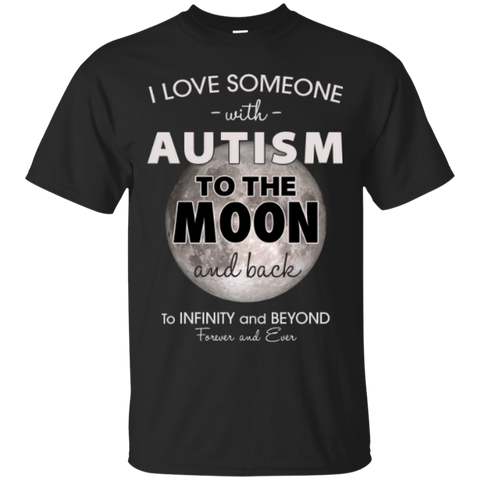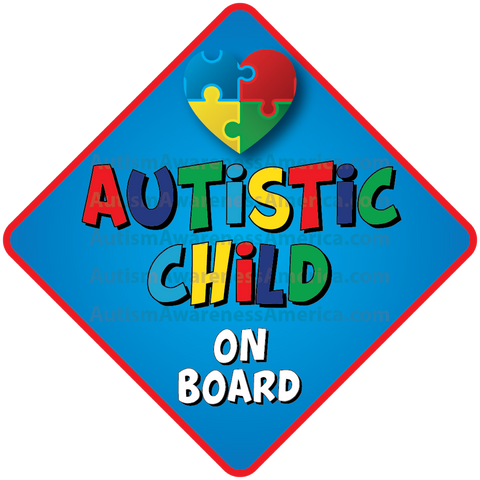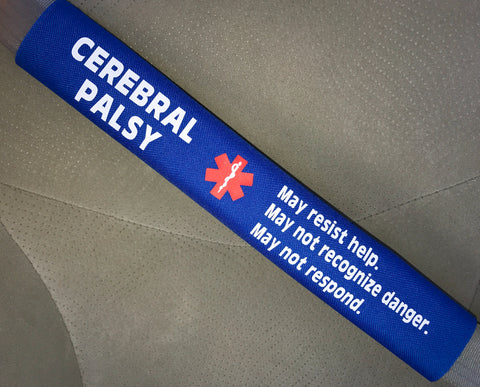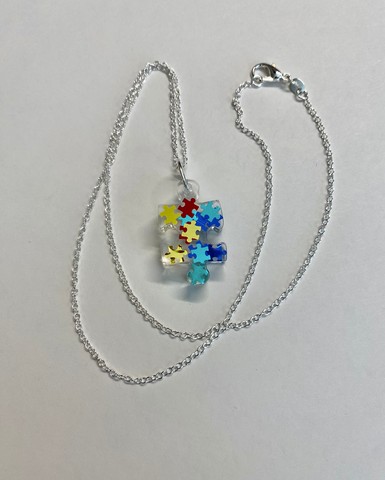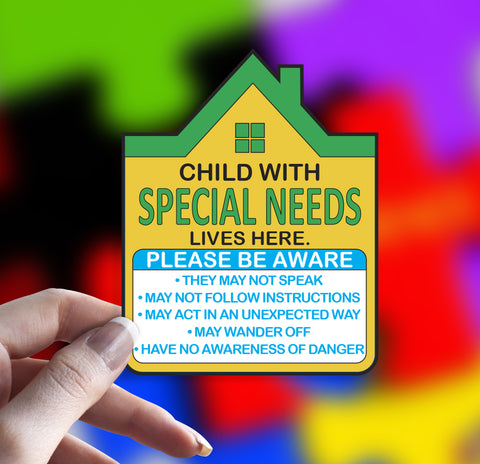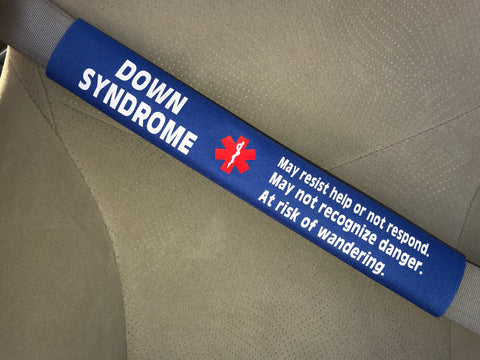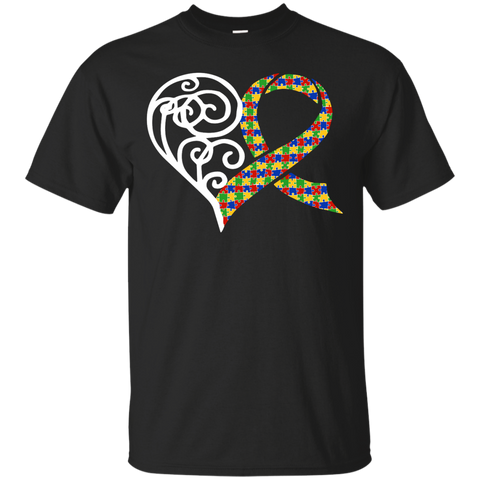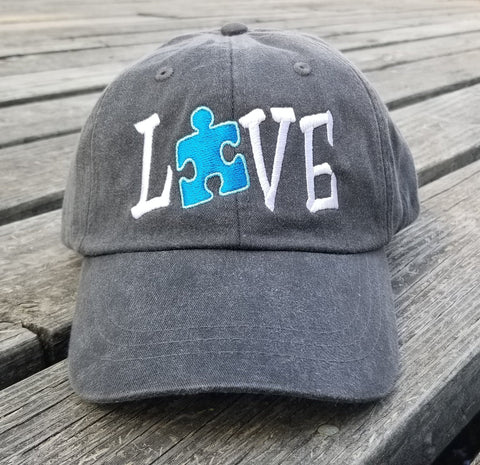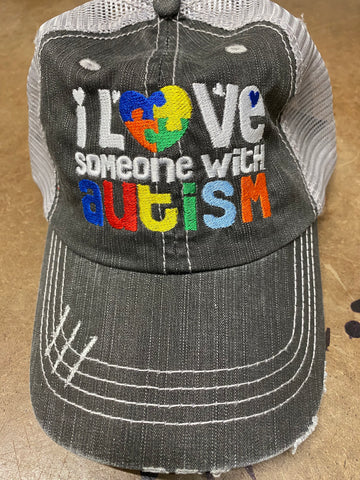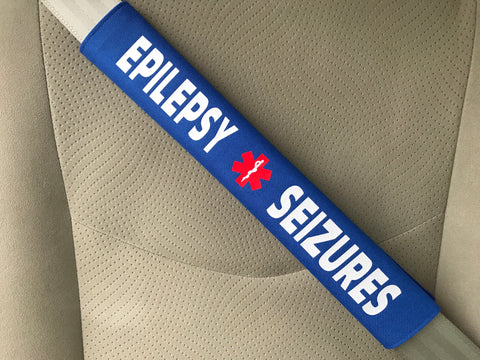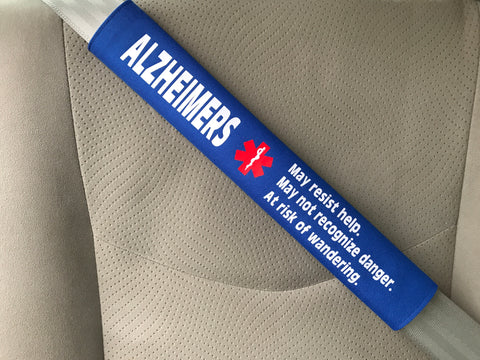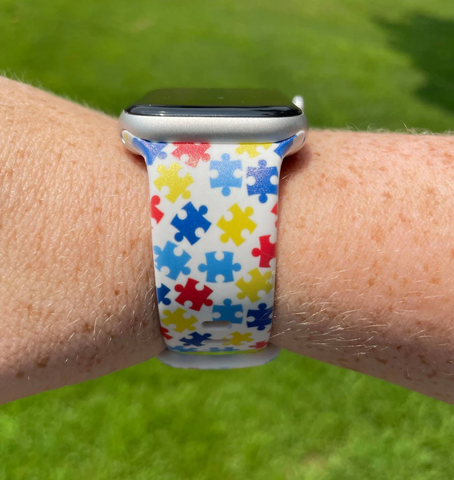While the idea of ASD levels of support makes logical sense, it's not always easy for clinicians to assign a level. What's more, assignment of levels can be somewhat subjective. It's also very possible for an individual to change levels over time as their skills improve and other issues (such as anxiety) decrease.
How Diagnosis of Autism Changed with DSM-5
The DSM is the official publication of the American Psychiatric Association which defines psychiatric and developmental disorders. While it has no legal status, the DSM does have an enormous impact on the way insurers, schools, and other service providers think about and treat autism.
Until 2013, the DSM described the autism spectrum as a disorder that included five distinct diagnoses. Asperger syndrome was, essentially, a synonym for "high functioning autism," while autistic disorder meant almost the same thing as "severe autism." People with PDD-NOS had some but not all of the symptoms of autism (but those symptoms could be either mild or severe). Rett syndrome and Fragile X syndrome, rare genetic disorders, were also considered to be part of the autism spectrum.
Then, in May 2013, the DSM-5 was published. The DSM-5, unlike the DSM-IV, defines autism as a single “spectrum disorder,” with a set of criteria describing symptoms in the areas of social communication, behavior, flexibility, and sensory sensitivity Anyone who had already been diagnosed with one of those disorders was "grandfathered" into the new autism spectrum disorder. A new diagnosis, social communication disorder, was created to classify people with very mild versions of autism-like symptoms.
The Three Levels of Support (ASD Levels 1, 2, and 3)
The autism spectrum is incredibly wide and varied. Some people with autism are brilliant while others are intellectually disabled. Some have severe communication problems while others are authors and public speakers.
To address this issue, the DSM-5 diagnostic criteria includes three “functional levels,” each of which is defined based on the amount of “support” an individual requires to function in the general community. By providing an autism spectrum diagnosis with a functional level, at least in theory, it should be possible to draw a clear picture of an individual’s abilities and needs.
Here are the three levels, as described in the DSM:
ASD Level 3: “Requiring Very Substantial Support”
Severe deficits in verbal and nonverbal social communication skills cause severe impairments in functioning, very limited initiation of social interactions, and minimal response to social overtures from others. For example, a person with few words of intelligible speech who rarely initiates interaction and, when he or she does, makes unusual approaches to meet needs only and responds to only very direct social approaches.
Inflexibility of behavior, extreme difficulty coping with change, or other restricted/repetitive behaviors markedly interfere with functioning in all spheres. Great distress/difficulty changing focus or action.
ASD Level 2: “Requiring Substantial Support”
Marked deficits in verbal and nonverbal social communication skills; social impairments apparent even with supports in place; limited initiation of social interactions; and reduced or abnormal responses to social overtures from others. For example, a person who speaks in simple sentences, whose interaction is limited to narrow special interests, and who has markedly odd nonverbal communication.
Inflexibility of behavior, difficulty coping with change, or other restricted/repetitive behaviors appear frequently enough to be obvious to the casual observer and interfere with functioning in a variety of contexts. Distress and/or difficulty changing focus or action.
ASD Level 1: “Requiring Support”
Without supports in place, deficits in social communication cause noticeable impairments. Difficulty initiating social interactions and clear examples of atypical or unsuccessful responses to social overtures of others. May appear to have decreased interest in social interactions. For example, a person who is able to speak in full sentences and engages in communication but whose to-and-fro conversation with others fails, and whose attempts to make friends are odd and typically unsuccessful.
Inflexibility of behavior causes significant interference with functioning in one or more contexts. Difficulty switching between activities. Problems of organization and planning hamper independence.
What's Missing From These ASD Levels of Support?
As you have probably already realized, the three autism “levels” raise as many questions as they answer. For example:
- What type of “support” did the American Psychiatric Association have in mind when it developed these functional levels? An aide? A personal care assistant? A 1:1 school aide? A job coach? A college advisor?
- In which situations do people at various levels require “support?” Some people with autism do fine at home but need help in school (where demands are specific and intense). Other people with autism do well at school but need help in social and work settings.
- Some people with autism have received sufficient therapy to appear close to typical when interviewed by a single adult but have significant issues when interacting with peers. What type of support might they need?
- Do the levels of support refer back, in any way, to services provided? (The answer, so far, appears to be “sometimes.”)
- Anxiety is a very common trait among people with higher functioning autism, and this can cause extreme challenges in typical settings. If a person is bright, verbal, and academically capable—but anxious and depressed, and thus in need of significant support in order to function in a job or school—where does he fit into the picture?
If you find yourself somewhat confused about the new functional levels and where you or your child fit in, you are almost certainly not alone. Over time, the APA and autism organizations will be collecting information from practitioners, insurers, parents, and autistic self-advocates to get a sense of whether and how the new system is working. There is a very good chance that the DSM-5.1 will include changes to the functional levels as information becomes available.
Original Article: Very Well Health
